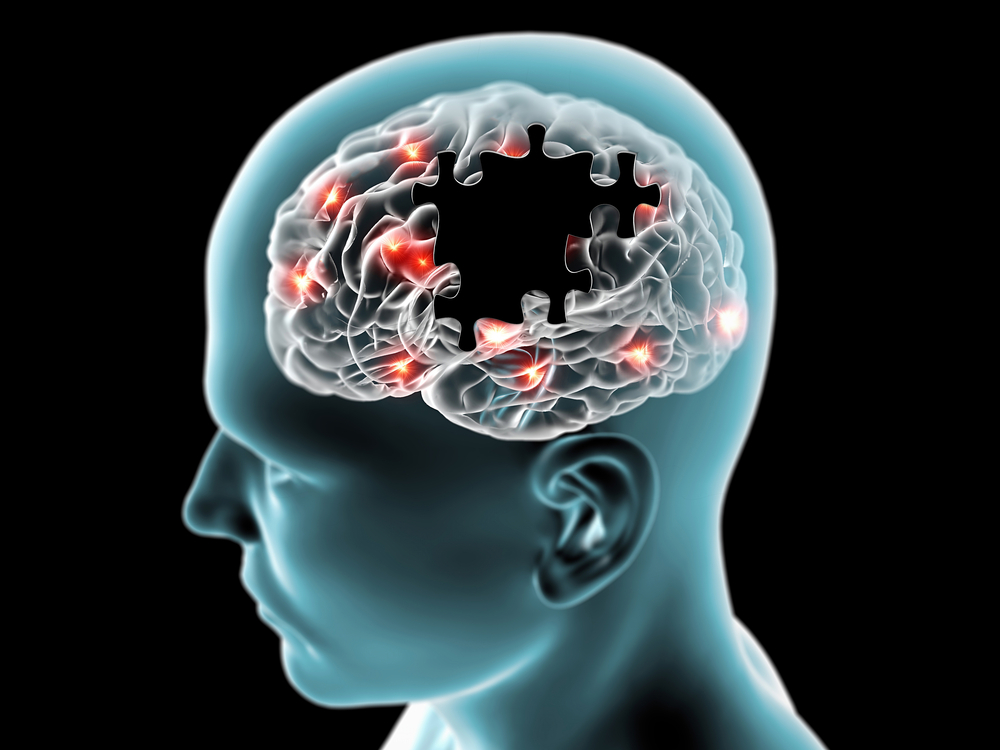Activity of Two Specific Proteins May Result In Parkinson’s Disease

In a new study entitled “VPS35 in Dopamine Neurons Is Required for Endosome-to-Golgi Retrieval of Lamp2a, a Receptor of Chaperone-Mediated Autophagy That Is Critical for α-Synuclein Degradation and Prevention of Pathogenesis of Parkinson’s Disease” scientists discovered that loss of the VPS35 protein expression in Parkinson’s disease interferes with dopamine-neurons recycling pathways, leading to accumulation of alpha-synuclein protein deposits and contributing to disease pathogenesis. The study was published in The Journal of Neuroscience.
Parkinson’s disease (PD) is a progressive neurodegenerative disorder characterized by loss of dopamine neurons and accumulation of alpha-synuclein protein deposits, forming toxic protein aggregates called Lewy bodies. The symptoms associated with PD include uncontrolled shaking, an unstable gait and cognitive loss.
PD patients may exhibit mutations in several genes and mutations in the VPS35 (short for vacuolar protein sorting-35) gene were identified in patients with a rare form of Parkinson’s. However, how defects in VPS35 expression contribute to PD pathogenesis remained unknown.
In this study, scientists discovered that VPS35 deficiency in mice led to alpha-synuclein protein accumulation and aggregation in dopamine-neurons in a specific region of the brain called substantia nigra. This accumulation was accompanied by loss of dopamine and degeneration of dopamine-neurons. Consequently, mice exhibited impaired motor control, a characteristic sign of PD. The team performed further studies to unravel how loss of VPS35 leads to PD.
Cells, in order to survive, perform recycling of several cellular components by a process known as autophagy, which is particularly important in neurons due to its slow regenerative potential. VPS35 is a major component of a protein complex called a retromer, with key roles in recycling pathways inside cells. Here, authors discovered that loss of VPS35 (or impaired function in the case of mutated VPS35) results in an accelerated degradation of another protein called Lamp2a (lysosomal-associated membrane protein 2). Lamp2a is located in cellular organelles called lysosomes, which are compartments inside cells that digest and recycle cellular materials. Lamp2a is important in the autophagic process where cellular materials or digestive enzymes are directed into the lysosome. Hence, it promotes degradation of malfunctioning proteins inside these structures.
The research team generated VPS35-deficient mice and observed that the resulting degradation of Lamp2a was associated with “unhealthy” lysosomes inside dopamine-neurons in the animals’ brains. This led to an accumulation of alpha-synuclein in mice neurons (a toxic accumulation of this protein that is usually targeted for destruction inside lysosomes by Lamp2a). The link between Lamp2a and alpha-synuclein was strengthening with additional experiments: when the team induced an increased expression of Lamp2a in the dopamine neurons of VPS35-deficient mice they observed a significant reduction in alpha-synuclein levels.
In summary, researchers discovered that loss of VPS35 leads to degradation of Lamp2a in dopamine neurons. Here, the recycling process is perturbed and neurons start to accumulate “garbage,” rather then eliminating it. This leads proteins, such as alpha-synuclein, to accumulate and aggregate inside dopamine-neurons, resulting in neuronal degeneration.
These findings point to several new targets for potential PD therapeutics and other neurodegenerative diseases, such as Alzheimer’s disease.






